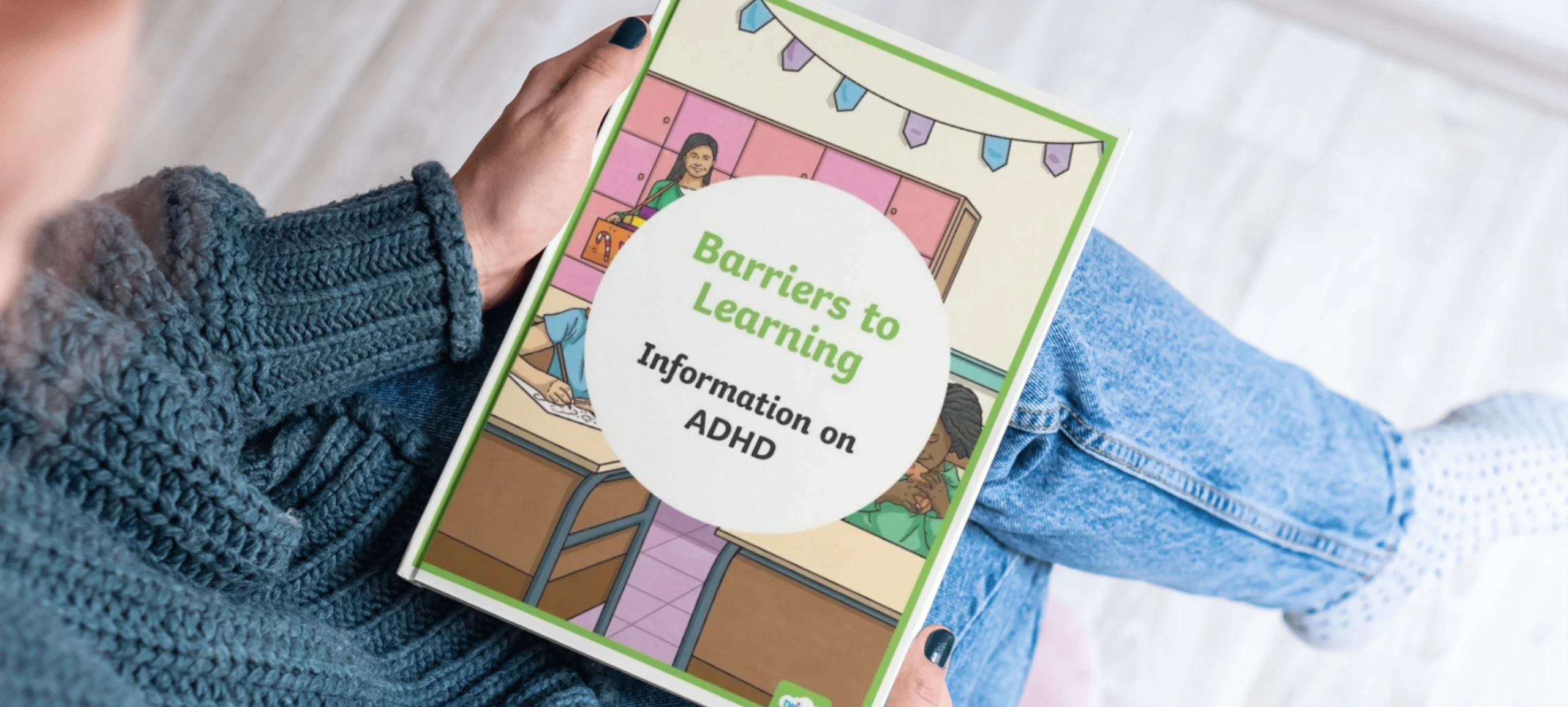Yes, there are in fact effective study techniques that can help learners retain information better and they’re not based on fiction or chance, but years of scientific research.
Study smarter not harder. We’ve all heard or read the saying at some point in our lives, but what does “studying smart” actually look and is there, in fact, a science to prepping for your exams. Studying comes naturally for some while others find it challenging. Regardless of your love or hate for the books, effective techniques that help absorb info is a different concept entirely, and it’s one that educators and psychologists have researched for years.
Studying “right” starts with understanding
There’s a small obsession amongst educators, phycologist and physicists to understand the concept of absorbing information quickly and keeping it locked away for as long as possible. While there has been an endless debate, one thing they can all agree on is that the work should be understood first and foremost.
If learners aren’t understating the material, they’ll find it difficult to retain it which is why tutoring platforms have been becoming increasingly popular, helping learners understand over and above simply studying the material. Paper Video’s is one such platform where learners from grade 8 to 12 can unpack challenging subjects like Maths, Physical Science, Life Science and Accounting through video lessons, past exam papers and teachers that help explain the work.
Studying effectively is not just about getting information into our brains to pass an exam, it about saving time and effort, and remembering the work well-beyond that final paper. Plus, once you understand what you’re learning studying will feel like a breeze.
Find study techniques that work for you.
There are no one-size-fits-all approaches when it comes to a study technique that works, and “Learning Styles” is a concept that is slowly but surely being taken off the table. For those who don’t know, “Learning Styles” is a theory that indicates whether or not people are Visual, Auditory, Read & Write or Kinaesthetic learners. New research published by the American Psychological Association stated that there is no scientific evidence to support this concept.
In an article published by the Atlantic in 2018, Daniel Willingham, a psychologist at the University of Virginia made a compelling case whereby he stated: “People have different abilities, not styles. Some people read better than others; some people hear worse than others. You can’t visualize a perfect French accent, for example.” He went on to say that people should not think of themselves as visual, verbal or some kind of learner, “Everyone is able to think in words; everyone is able to think in mental images. It’s much better to think of everyone having a toolbox of ways to think, and think to yourself, which tool is best?”
So, how do you know what study technique works?
With no clear recipe to success amid all the mind maps, rhymes, notes and re-reading, and if not for a “learning style” how can we tell what works and what doesn’t? Luckily there is science and proven research that tells us what techniques should do and how they should affect learners.
Ask yourself:
- Does the technique help me engage with the material (not just reading)?
- Does the technique help me track my progress, (a test of some sort)?
- Does it involve repetition?
- Does it make me more efficient?
- Am I retaining/remembering information?
Scientifically backed Study Techniques
Remembering or retaining information is a challenge that can be traced back to when German Psychologist Hermann Ebbinghaus first identified the “the forgetting curve” in 1885. It was and still is, a hypothesis that highlights how information or knowledge that gets stored in the brain is lost over time if the individual does not attempt to retain it.
Now, to us in the 21st Century, it might not sound so ground-breaking, people forget things. But back then, Ebbinghaus identified a problem and gave it a name and scientists love nothing more than to solve a good problem. That’s why they dedicated their careers to finding ways that can help humans study better and retain information successfully and here are a few of our favourites.
1. Interval studying
Call it what you may: the spacing effect, distributed practice, spaced repetition or interval studying, it’s a method that was identified by Hermann Ebbinghaus in his book: Memory: A Contribution to Experimental Psychology. While Ebbinghaus identified the forgetting curve he also gave us a snapshot on how to overcome it: Spaced out repetition.
A study by the American Psychological Association showed that the method was 96% more effective than massed repetition, otherwise known as cramming (Cepeda 2006). Conclusion? Spacing out your studies over several short periods helps you remember better, so stick to short bursts, but keep them focussed. It’s not about how much time you have, but what you do with your time that counts.
2. The Leitner technique
The technique was created by German science journalist Sebastian Leitner and is a learning technique based on flashcards. The technique also adopts interval studying as part of the method, so learners will be studying in short spaced-out bursts. The technique uses several boxes to help track the flashcards you need to study, and each box represents the amount of time and effort learners would need to spend on certain cards.
Here’s how:
- Every card starts in Box 1
- If you get a card right it moves to the next
- If you get a card wrong, you move it down a box
How many boxes you have is up to you, but most educators vouch for three or four.
3. Pomodoro study technique
If you’re prone to distractions or if you lose focus easily, the Pomodoro method is used universally not just as a study hack, but as a way to help people increase their productivity.
It’s a time management system that encourages short, intense bursts of work for about 25 – 30 minutes. Once the time is up, you stop working and take a 5- or 10-minute break. The technique was invented in the 1990s by entrepreneur, and author Francesco Cirillo and named after the tomato-shaped timer he used to track his work as a student.
Rather than thinking you have the whole day and procrastinate, the technique instils a sense of urgency, and as we’ve now seen, intense time bursts with breaks have their brain perks. Learners can feel more motivated knowing they only have 25 minutes to make progress, this enhances their focus and their determination.
4. Colour and creativity
Using colour can help learners organise information and review and prioritise important content. Now we’re not saying that notes need to look like Willy Wonka’s Chocolate Factory, moderation is key. The US National Library of Medicine published a study in 2019 that explains how colour is a perpetual stimulus that improves our emotions and memory. The piece also highlights how coloured multimedia learning materials (MLMs) have a positive effect on learners’ emotions and learning, especially warmer colours like red and yellow.
With the colourful go-ahead there are few tips to keep in mind when getting creative.
- Write down key points in red
- Highlight important information in yellow (Don’t highlight to read)
- Keep your colour codes consistent
- Use colour as a means to organise content
- Everything in moderation
5. Mind mapping
Ah, the classic spider diagram, an oldie, but a goodie.
Mind mapping is a technique that helps learners visually organise information and they can be as intricate or as straightforward as need be. Learners actively engage with the material instead of just reading what’s on the page and it’s a technique especially beneficial for visual learners as it enhances memory by utilizing mental triggers like colour and images. Fun fact: the structure of a mind map is related to the way our brains store and recall information.
Mind mapping allows learners to structure their thoughts and it gives them a clear overview of the bigger picture. Think about it this way; a mind map on a single sheet of paper seems less intimidating than a 100-page textbook now doesn’t it?
6. The FeymanTechnique
This technique is a mental model named after Noble Prize-winning Physicist Richard Feynman and is based on the idea of deconstructing material and then reconstructing it again in our own words. Not only does this help learners understand the concept in their terms and their manner of speaking, but it helps them retain the material faster.
Here’s how it works:
- Start with the subject you are studying.
- Explain the subject it as if you were a teacher teaching it to someone.
- Go over your explanation, reviewing any errors.
- Once you spot any gaps, re-read your material or notes and work out what the correct description or answer is.
- Be cognisant of technical terms, write them as if you would explain it to someone who has no idea.
7. The Study Cycle and Revision
The “Study Cycle” isn’t a technique per se, but rather a formula for how information can be retained. It was developed by Frank Christ and breaks down different opportunities where studying can occur: Previewing, Attending Class, Reviewing, Studying, Reviewing your understanding.
Sure, it seems pretty straight forward and self-explanatory, but learners fail to see each step for the opportunity it is, and as something that can help make studying new material a breeze. Tutoring platforms follow a similar formula where the work is outlined up-front followed by an explanation of the material. Exercises are then introduced to see where additional attention is needed.
Paper Video is not only the ultimate revision resource for high school learners but also contains over 11 000 video lessons that cover intricate material. Learners can get an overview of the material and track their progress with the help of past exam papers. Not sure of something? Use the video lessons to help unpack the content.
Here’s a snapshot of how the platform works and how it helps, have a look.
Tips on getting the most out of your study time
While science certainly can help with a good outline on study techniques, good study habit scan also go a long way.
Here’s how you can get the most out of your time behind the books, no matter what technique you decide to go with:
Exercise before studying it will increase your energy levels, fight fatigue and release a bank of hormones like serotonin (the mood booster), dopamine (for learning and attention) and norepinephrine (for awareness, attention and concentration).
Study before bed, it sounds like madness, but it’s crucial for brain function, memory formation, learning and helps improve recall. “When you are awake you learn new things, but when you are asleep you refine them, making it easier to retrieve them”, says Scott Cairney, a researcher from the University of York, UK.
Eat brain food, the stuff you put into your body affects your mind. Choose things like berries, fattynuts and soybeans. Try to avoid sugars, but if the cravings get the better of you choose dark chocolate which has been proven to help with long-term memory.
Listen to music is also one of the study-topics on the debate table. Experts argue that concentrating during silence or listening to music while studying is a matter of personal preference. Certain types of music, however, have different effects and many agree that “obscure 18th-century composers,” help students engage parts of their brain that help them pay attention and make predictions.
Ineffective Study Techniques
There seems to be a recipe for success, but your recipe can easily flop when you add the wrong ingredients. Ineffective study techniques not only stunt the progress you make, but it makes learners despise getting behind the books altogether. Here’s what to watch out for and avoid.
Cramming
If anything, science has not only proven that spacing out sessions are effective, but that sleep is golden. A study published in the Scientific Reports in 2017 found that students who did not sleep or wake up at consistent times every day were more likely to get lower grades. At some point in our lives, we might have also had to pull an all-nighter, but did you know that it can cut your capacity to learn new things by 40%. Research also shows that it can take up to four days for your brain to recover after it’s had to work through the night.
Reading and re-reading
It’s probably been classified as the most ineffective way to try and learn work, it’s time-consuming and let’s face it, a little boring. Effective studying requires learners to engage with the material for their brains to store the information and retrieve it from their long-term memory. According to Professor Emeritus Marty Lobdell, testing or quizzing yourself works well since you have to get information from your memory – something that you don’t do when simply reading and re-reading textbooks.
Multi-tasking
Thinking we can take on more things than we should is a universal challenge we all need to overcome, but when it comes to studying there’s no room for anything other than your learning material. Research conducted at Stanford University revealed that you are less productive when you multitask compared to when you focus on finishing one task at a time.
Your brain is not capable of performing multiple tasks all at once. That same study found that those who are constantly exposed to different streams of electronic information cannot focus, recall information, or move from one task to another. So, while we all love a good multi-task story, when it comes to recalling information it’s like thinking you’re taking one step forward while your brain’s taking two steps back.
Disorganised and unprepared
We’ve said it before, even if you as an individual can handle a bit of “organised chaos” our brains can’t, especially when it comes to studying for exams. Keeping your notes, summaries and even your workspace all jumbled up can cause frustration and it creates extra unnecessary work of having to filter through everything first. Having an outline can help learners keep track of what’s needed and clear, conscience notes can even help cut study time in half. We’re not saying things needs to be methodically organised, but a little less chaos can create some clarity.
Studying is combination of different things
Truth be told, there isn’t just one formula that can help learners ace that exam, although science has proven helpful. Techniques should be seen as a mechanism in a larger machine – it’s not the only thing that keeps it going. It’s a combination of things, consider study environments, minimising distractions and the practices or habits learners have in place. Asking for help and support can also make tedious tasks a bit more manageable – we can’t learn what we don’t understand. Looking to online tutoring platforms like Paper Video can help learners bridge gaps with educational resources and lessons that unpack complex subjects before they have to try and figure out the content for themselves.
Get started with Paper Video and download our FREE study plan guide.
Visit papervideo.co.za or contact Paper Video on 061 357 2304 for more information.
- The best study snacks and why they work - April 14, 2023
- Cramming versus scheduled studying:What’s happening in your brain? - March 22, 2023
- Effective Study Techniques and Methods - July 6, 2022






2 thoughts on “Effective Study Techniques and Methods”
Each child is different and so are they study methods my eldest needs to study a little everyday the other needs to write it out and also one needs silence and the other studies with music. So everyone has different needs and we as parents also need to be accommodating to those needs.
As I understand each chid retains their studies differently, these tips have been included in my daughter study routine, who uses interaction and other means as a way of learning. I can agree that for this case, what advice has been given has helped to guide and improve my daughter’s learning.